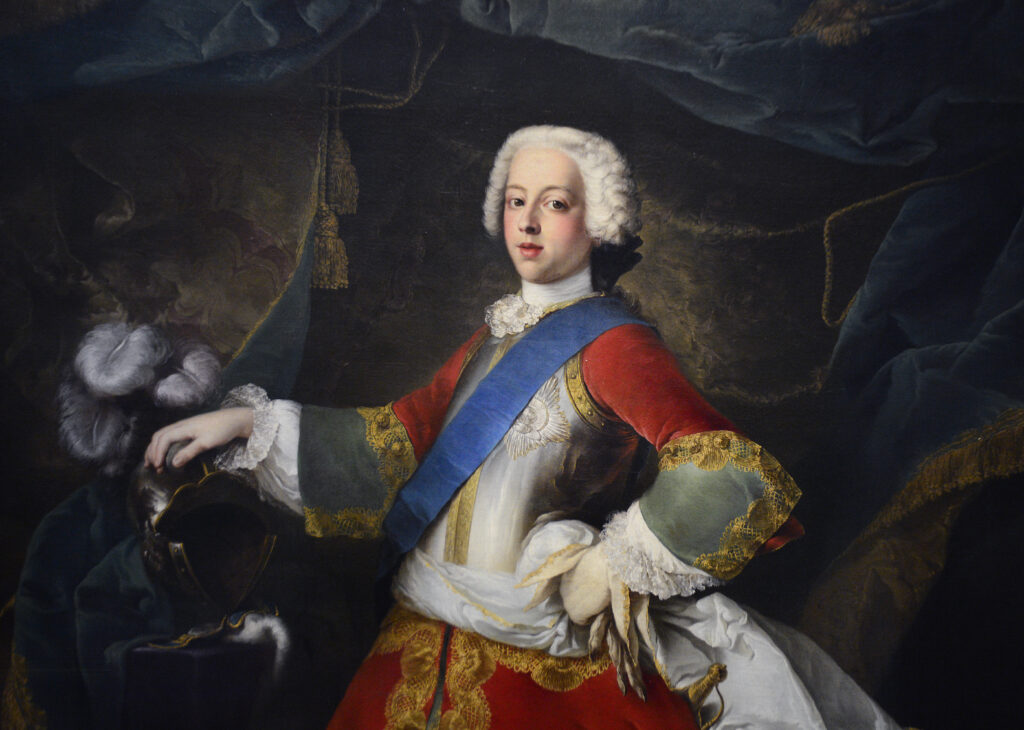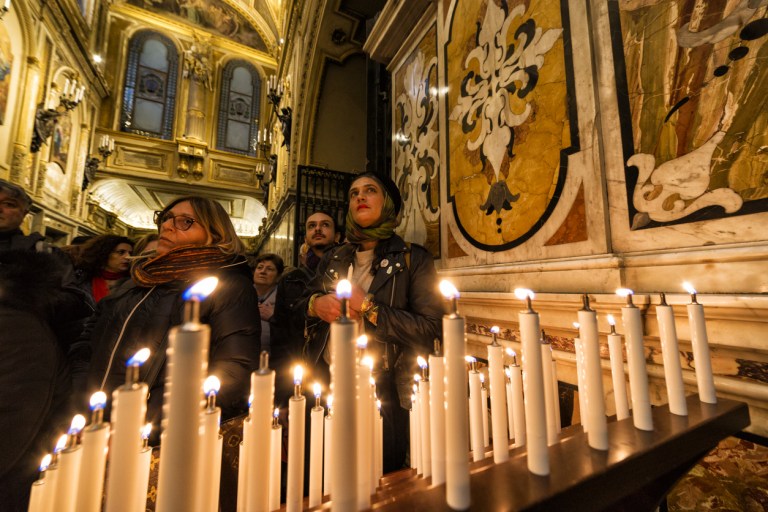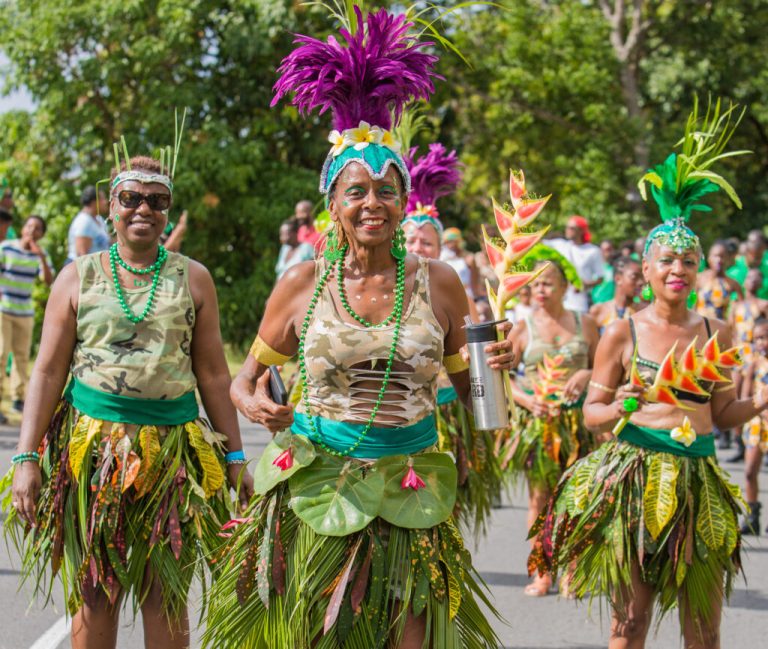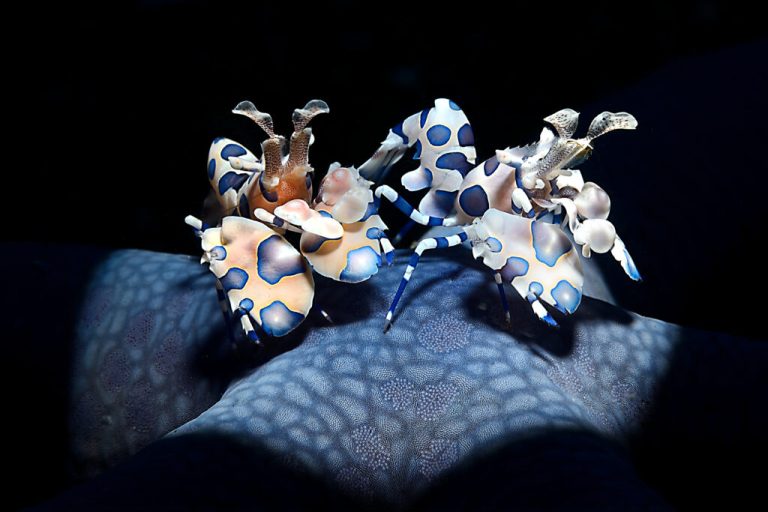Charles Edward Stuart, better known as the Bonnie Prince or Bonnie Prince Charlie, is one of Scotland’s most famed historical figures. He was the face of the Jacobite rising of 1745, when thousands of Highlanders banded together against the British army in an attempt to restore a Stuart king, namely Charles’ exiled father James, to the throne.
And now, scientists have re-created what his face may have looked like during that period. A team at Scotland’s University of Dundee started with scans of death masks of Bonnie Prince Charlie’s face and then used de-aging techniques to determine what he would have looked like at the time of the rising, when he was 24.
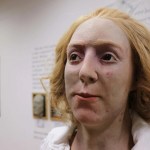
“I have looked at previous reconstructions of historical figures and was interested as to how these could be done differently,” Barbora Veselá, a master’s student who initiated the project, said in a press release.
“I wanted to create an image of what he would have looked like during the Jacobite rising,” she continued. “There are death masks of Bonnie Prince Charlie that are accessible, while some are in private collections. We also know that he suffered a stroke before he died, so that made the process of age regression even more interesting to me.”
Though the prince and his army saw success in early battles during the 1745 rising, they were ultimately defeated by government forces in April 1746. He then spent five months as a wanted man before escaping to France and remained in Europe until his death at 67 in 1788. In modern times, the prince and Jacobites have been portrayed in popular culture through the bestselling book series and subsequent TV show Outlander.
Death masks were particularly common for famous individuals on the continent around the 17th to 20th centuries — notable examples include those taken of Napoleon, Beethoven, and Mary, Queen of Scots. The masks were created by first taking a negative cast of the face to act as a mold, using wax or plaster of Paris, and then filling the mold with a material like bronze. The Dundee team examined copies of two masks made of the prince, taking almost 500 photographs from all angles before using photogrammetry software to develop a 3D model.
Even with today’s cutting-age technology, de-aging still necessitates researchers to take some creative liberties, Veselá told The New York Times. She based the prince’s curly hair on contemporaneous accounts and other likenesses, including a bust by 18th century sculptor Jean-Baptiste Lemoyne. To humanize the romanticized figure further, Veselá intentionally included facial blemishes mentioned in historical accounts.
“We don’t tend to think about the age of people when we study history, but Prince Charlie was just 24 years old when he landed in Scotland, and to visualize how young he was at this pivotal moment in history is fascinating,” she said in the University of Dundee news release, adding: “Hopefully this re-creation encourages people to think about him as a person, instead of just a legend.”
